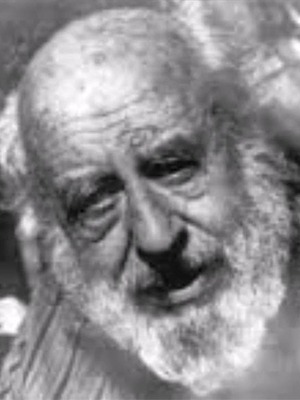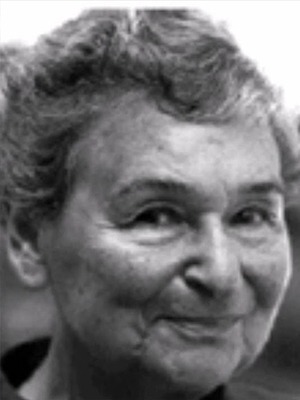I am often asked what the word ‘Gestalt’ means, what does it involve and how Gestalt therapy can enable change for the client. My core training was in Gestalt, and it has been an important part of how I work as a therapist.

Gestalt therapy is a holistic and humanistic approach to psychotherapy developed by Frederick (‘Fritz’) Perls, his wife Laura Perls and Paul Goodman in the 1940’s and 1950’s. The word ‘Gestalt’ has no direct translation into English. The word comes from the German word for ‘form’ or ‘shape’. It refers to the holistic way the therapy addresses the individual as a whole person rather than focusing on specific symptoms or problems. The meaning of ‘Gestalt’ is often described as, “the whole is greater than the sum of its parts.”
Gestalt therapy’s primary goal is based on the idea that individuals are responsible for their growth and change. The therapist’s role is to provide a non-judgmental, supportive and sometimes challenging space where clients can explore their thoughts, feelings and behaviours.
Gestalt therapy emphasises the importance of the present moment and encourages individuals to focus on their current experiences rather than dwelling on the past or worrying about the future. This focus on the present moment can help clients to become more aware of their thoughts, feelings, and behaviours, leading to greater insight and understanding. To enable this, the therapist may gently bring the clients attention to how they are feeling in the ‘here and now’ about past events.
Another central concept of Gestalt therapy is ‘unfinished business.’ This refers to unresolved issues from the past that can have a negative impact on an individual’s present experiences. Gestalt therapy aims to help clients identify and work through these unresolved issues to move forward and live in the present moment. I find this one of the most powerful concepts of Gestalt therapy and enabling a client to ‘let go’ of unresolved issues can have a profound effect on how they move on with their lives.

The Gestalt therapist may utilise several interventions and experimental techniques with the client, such as role-playing, visualisation and body awareness exercises, aiming to increase awareness of unconscious processes and unresolved emotional conflicts. I find that an incredibly powerful technique known as the ‘empty chair’ technique can enable clients to work through unfinished business, or unresolved aspects of their lives.
Gestalt therapy emphasises the individual’s responsibility for their thoughts, feelings, and behaviours. Like Person-Centred therapy, Gestalt therapy emphasises the importance of the therapeutic relationship and encourages the therapist to be present and fully engaged with the client. The therapist is attuned to the client’s needs and is able to understand and empathise with the client’s experiences.
Research has shown that Gestalt therapy can effectively help clients who are bringing a wide range of mental health conditions, including depression, anxiety, stress, bereavement issues and PTSD (Levine, 2015).
As part of our Level 4 Diploma in Therapeutic Counselling at Devon Counselling College we explore the theories and techniques of Gestalt therapy and how to integrate it with other counselling modalities. The flexibility and adaptiveness of Gestalt therapy allows it to be integrated with other counselling modalities to provide a more tailored and individualised approach to counselling. This enables counsellors to address a wide range of client needs and support clients in achieving their therapeutic goals.
References:
Levine, P. (2015). In an unspoken voice: How the body releases trauma and restores goodness. North Atlantic Books.




